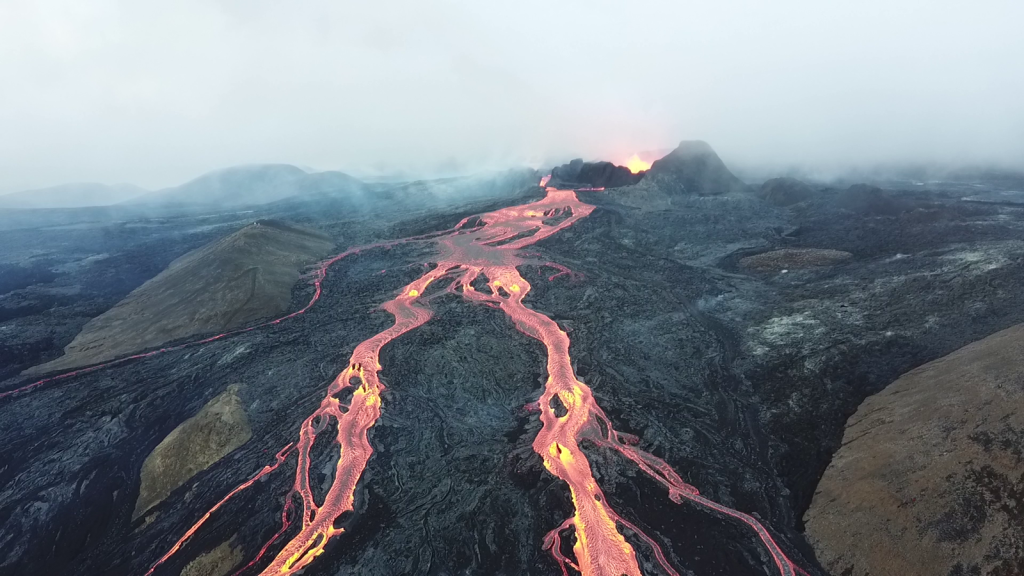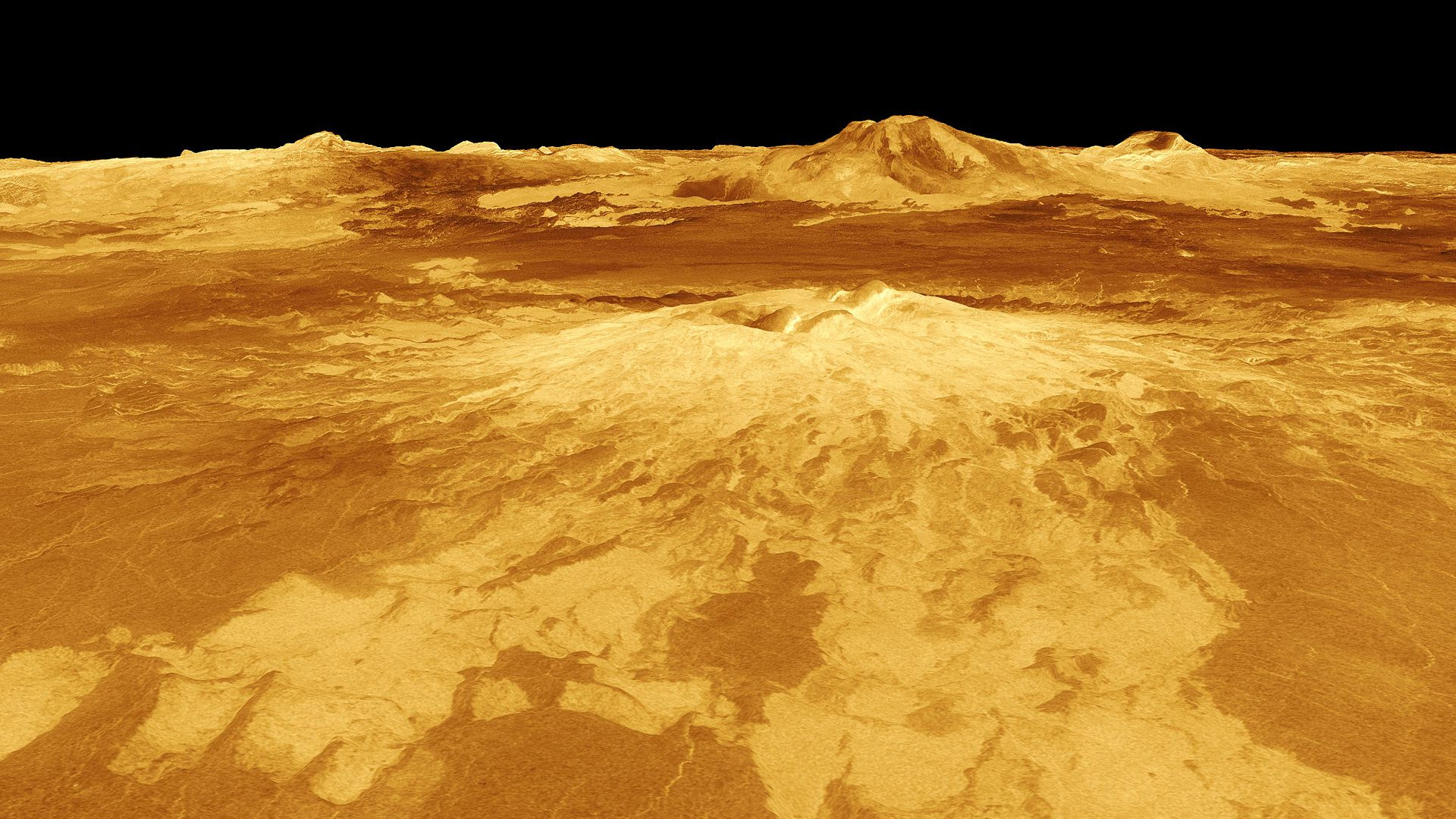Investigating Venus via Volcanic Iceland
Solmaz Adeli and Nils Müller are travelling to Iceland this summer to carry out two research projects in support of upcoming missions to Venus. Their visit, from 31 July – 14 August, is partly funded through Europlanet’s Transnational Access programme and the trip is part of a larger, international campaign organised by NASA‘s Jet Propulsion Laboratory (JPL) and the German Aerospace Centre, DLR.
Volcanic field sites in Iceland can be used as planetary analogues for Venus, since their resemblance to terrains and environments on Venus enable a better understanding of the processes that shape the venusian surface, and also provide an opportunity to test out instrumentation.
Solmaz, of the DLR Institute of Planetary Research, is leading a project that uses field sites on Iceland to help characterise the composition and origin of the major geologic terrains on the venusian surface, one of the main objectives of the NASA VERITAS and ESA EnVision missions. Her team will use a prototype of the VEM instrument, which will fly on-board VERITAS, to characterise lava flows in the Reykjanes peninsula, which range from very fresh terrains to areas that have been altered over time. “Very fresh” in this case even means that, by coincidence, the team will be able to measure hot lava that is currently erupting from the active Fagradalsfjall volcano since 10 July this year. The red-glowing lava rocks of the Litli-Hrútur eruption cone have about the same temperature as the surface of Venus, which is a 470 degree Celsius hothouse day and night. The team will also collect samples and take them back to the PSL laboratories at DLR-Berlin for analysis in the Venus emissivity chamber.
This project will increase our understanding of the spectral emissivity data that will be obtained by the VERITAS and EnVision missions, and be an opportunity to calibrate field data taken by the prototype VEM instrument
Nils, a postoc at the Freie Universität Berlin, is leading a project to better understand volcanic activity on Venus by investigating the infrared signal of active eruptions and searching for new lava flows. The Dyngjusandur sand sheet (a cold sand desert) and the fissure-fed lava flows, Holuhraun and Thorvaldshraun, are excellent analogues on Iceland to prepare for these studies because these recent lava flows at the sites are sufficiently large and intense to be detectable on Venus.
An issue that complicates the quantitative study of volcanic activity on Venus is the unexpectedly low reflected radar signal from Venusian lava flows, which suggests that detection of active flows may be difficult because they might quickly form uninterrupted crusts, obscuring the hot lava. It is, however, possible that wind-bourne sediments are partly responsible for these low radar reflections. The Iceland volcanic sites are very well-suited to study how sediments modify the radar signal of lava flows, so the study may give new insights into radar data collected at Venus.
The team aims to acquire airborne radar data, similar to the VERITAS radar data, and carry out field work simultaneously with the flight campaign. This ‘ground-truth’ data will include information on sediment coverage and humidity, which will help to interpret and add value to the radar data.
Uli Koehler, from the DLR Institute of Planetary Research, will be travelling with the expedition team and reporting on the campaign. For updates on their progress, see the DLR blog and follow the social media channels of DLR:
Image: CC BY-SA 4.0 Mokslo Sriuba



